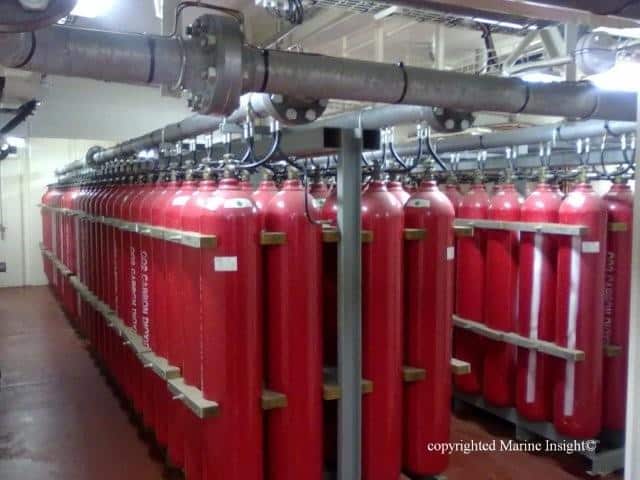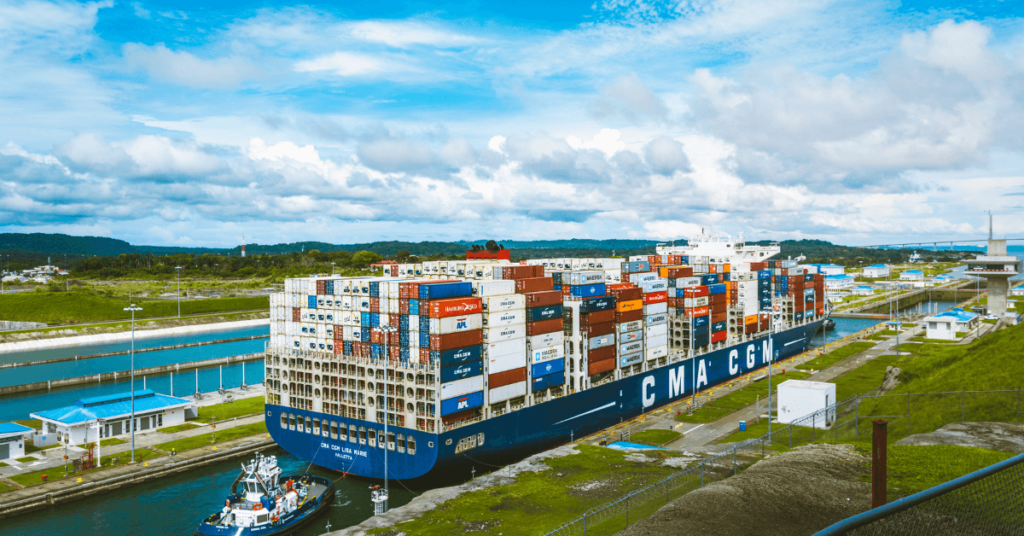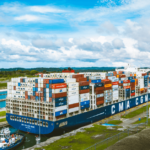12 Things You Must Do Before Operating Ship’s CO2 Fire Extinguishing System
A major engine room fire is a nightmare for seafarers. Fire in the engine room not only disables the ship’s propelling plant but also leads to a complete blackout situation, which can result in collision or grounding of the ship.
In case of a major engine room fire on merchant ships, CO2 fixed fire extinguishing system is the most common method used for fire fighting. The chief engineer of the ship is responsible for operating the CO2 extinguishing system,after taking all precautionary measures regarding handling of engine room machinery.
There have been several cases in the past, wherein people have lost lives in the engine room not because of the fire but because of suffocation after CO2 was released in the engine room.
Suffocation of the crew combined with re-ignition of fire due to lack of air tight engine room has resulted in gruesome condition, as the CO2 system is the last resort for fighting fire and no more firefighting method is available after using that (CO2 system can be used only once).
The CO2 operator in-charge i.e. Chief engineer (or 2nd engineer in C/E’s absence) has to be extremely careful when it comes to following procedure to avoid fire from spreading or any casualty. Following steps are to be followed without fail for extinguishing major find in engine room.
1. On outbreak of fire, the fire alarm will sound and the bridge officer will know the location of fire. If the fire is big enough to fight with portable extinguishers, all crew should be gathered in muster station for a head count.
2. Inform the wheel house about the situation of the fire. The chief engineer should take the decision in consent with the master to flood the engine room with CO2 for extinguishing the fire.
3. The Emergency generator should be started as CO2 flooding requires all engine room machinery, including the auxiliary power generator to be stopped.
4. Reduce ship speed and stop the main engine at a safe location. Captain should inform the nearest coastal authority if the ship is inside a coastal zone.
5. Open the cabinet of the CO2 operating system in the fire station with the “Key” provided nearby in the glass case. This will give an audible CO2 Alarm in the engine room.
6. Some systems and machinery like engine room blowers and fans etc. will trip with opening of CO2 cabinet. Counter check all the tripped system for surety.
7. Make sure there is no one left inside the engine room by repeating the head count.
8. Operate all remote closing switches for quick closing valve, funnel flaps, fire flaps, engine room pumps and machinery, water tight doors etc.
9. Air condition unit of ECR should be stopped.
10. Close all the entrance doors of the engine room and make sure the room is air tight.
11. Operate the control and master valve in the CO2 cabinet. This will sound another alarm and after 60 seconds time delay CO2 will be released for fire extinguishing.
12. If there is a need to enter the engine room for rescuing a person (which must be avoided), SCBA sets and life lines should be used. Safety of personnel should be of the highest priority during such incidences.
Do you think any other important point needs to added? Let us know in the comments below.
Do you have info to share with us ? Suggest a correction
Latest Shipboard Guidelines Articles You Would Like:
Subscribe To Our Newsletters
By subscribing, you agree to our Privacy Policy and may receive occasional deal communications; you can unsubscribe anytime.

















Pls inform if you have any of co2 extinghising maintenance procedures. Thanks.
Why delay timer provided in timer provided in co2 engine room firefighting s/m of 20s???
Boundary cooling must be done.
After release do not open the engine room until the vessel reach to nearest port.
HOW WE MAKE SURE 85% CO2 RELEASED IN 2 MIN??
No7 should be moved to no ten. Just before CO2 release the second muster should take place to avoid any risk of missing personnel.
Very Very good knowledge for me
How long should you wait before re entering a space that has been hit with fixed system CO2?
How to make sure that 85 % co2 is released
how will u stop ECR air condition
Main mistake is that when is sealed the ER, must be opened the upper ER emergency exit. That in order for the air to be exhausted from ER and be replaced by the CO2.
Clark, at least wait for 45 minuted to one hour before entering the ER again (with SCBA). To confirm the fire extinguished.
Another thing to do is to keep a flap or hatch unlocked, to equalize pressure. When you release CO2. The positive pressure can damage the construction when released. So if there is an old fashioned skylight behind the funnel, release the screw clamps and leave the lid laying down on the hatch.
Once the CO2 is released, the air is suppressed to the top of the ER and will be pressed out of the ER through the open hatch. Not damaging any equipmemt or construction and completely inerting the ER.
While rescuing, ensure SCBAs are of positive pressure type.
CO2 has no cooling abilities, so the chances of re ignition of fire is very high. So boundary cooling is very important to cool down the hot surfaces enough to prevent reignition.
Thankyou Benson for this important reminder. Boundry cooling is indeed very important when using such extinguishing systems.
When Boundary Cooling, monitoring of the fire area temperatures with Thermal Imaging Camera if available & safe to do. If boundary cooling produces stream, or any visual signs of discolouration or blistering of painted, or metal glowing or naked flames will indicate, where possible, to apply more water onto this area. If no sign of heat consider reducing the volume of water & changing from a water jet to a fine spray. Advise Master & Chief Engineer of any increase/decrease in water volume being used for stability reasons and everyone’s safety.
Note It may be possible to fly or transport in a Thermal Image Camera & trained operator/s to vessel, depending on location.
@Grahame: Thanks for the value addition. Much appreciated
Boundary cooling will be important to reduce the heat and prevent spread of fire to the compartments of contact; it’s also important to mention the procedures after using the system and how and when can we enter the engine and precautions should be taken.
During co2 flooding operation if you operate the cabinet pilot release line to release the operation gang release automatically and it fails what next do you do ?
@Onoja, if it fails to operate automatically, then you have release the gang manually by turning the manual releasing handle on each cylinder head assembly. That is why Co2 room regulation says it must have access from open deck away from the space to be protected.
85% of the required quantity is to be released can be confirmed by Gang release and dip tube provided in each Co2 bottle.
WIth BA on and a sentry on the bottle room door also in BA, go into the CO2 botlle room after release and look for a frost line on the bottles which will confirm release.
What will you do if a person is missing in headcount, before releasing CO2? Also if we have to search for the guy, and cannot be found, then?
Also, if he is in the ER, where the fire is, how do we approach? Because fireman’s suits are not for fighting big fire
thanks